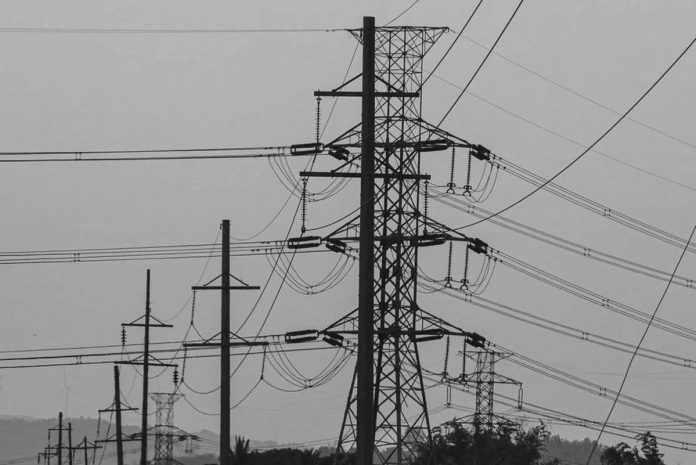
MANILA – There is no projected shortage in electricity supply next year despite the expected onslaught of the El Niño weather phenomenon and its impact on hydroelectric power plants, the Department of Energy (DOE) said on Thursday.
Energy Secretary Raphael Lotilla told reporters the country is currently not dependent on hydro facilities for supply, especially as new solar power plants are expected to come online in 2024.
This is why major power plants, including the Angat hydroelectric power plant, are under rehabilitation.
“So we can ensure that we don’t lose water and that it can be tapped during the summer months,” Lotilla said.
The energy chief’s pronouncement comes after the state weather bureau announced that El Niño, characterized by long dry spells, is expected to persist until the second quarter of next year.
The 218-megawatt (MW) Angat facility is currently on a 61-day total shutdown to give way for modernization work. It used to supply more than 90 percent of Metro Manila’s water needs and the irrigation requirements of Bulacan and Pampanga provinces.
Irma Exconde, director of the DOE Electric Power Industry Management Bureau, also noted that the solar power plants coming online next year would have a combined capacity of around 700 MW to 1,000 MW.
No projected alert
Apart from that, she confirmed there are no projected red and yellow alerts for the country in 2024, even though hydroelectric power plants are expected to operate way below their dependable capacity.
Red alerts are raised when an insufficient electricity supply causes power interruptions.
A yellow alert means the operating margin is insufficient, but this does not necessarily lead to power outages.
The DOE projected the available capacity of hydroelectric power plants in the country at 725.5 MW against a 3,472-MW dependable capacity, equivalent to an 80-percent decline in availability.
Demand in the country’s major power grids historically rose during El Niño years as consumers scrambled to use cooling devices to combat the heat.
Lotilla remained optimistic that supply would remain stable in 2024, especially when alternative power resources became available. One is the 1,200-MW Ilijan gas-fired power plant in Batangas City that recently resumed operations.
“Diversification is very important at this point, including natural gas,” Lotilla added. (Meg J. Adonis © Philippine Daily Inquirer)



